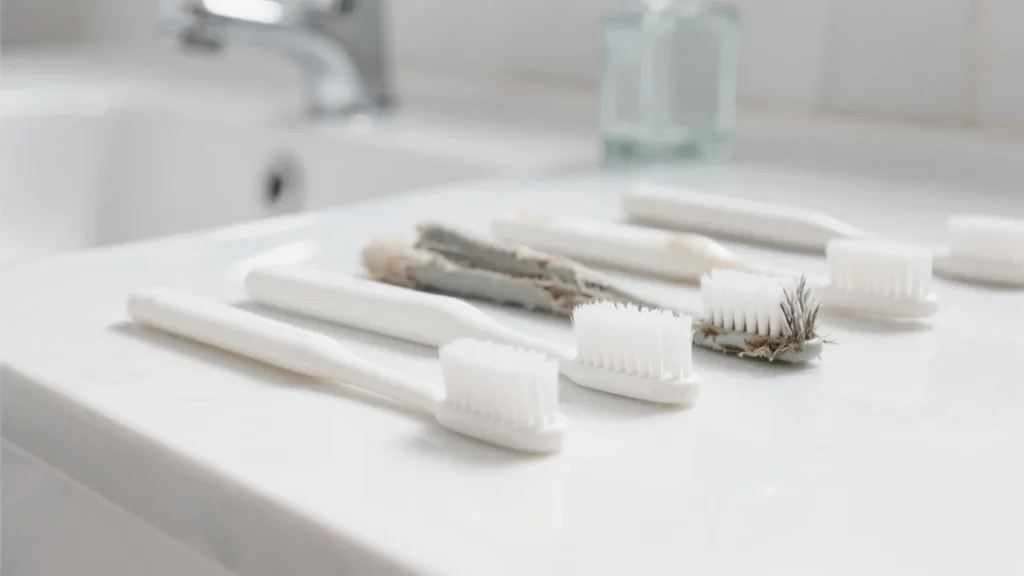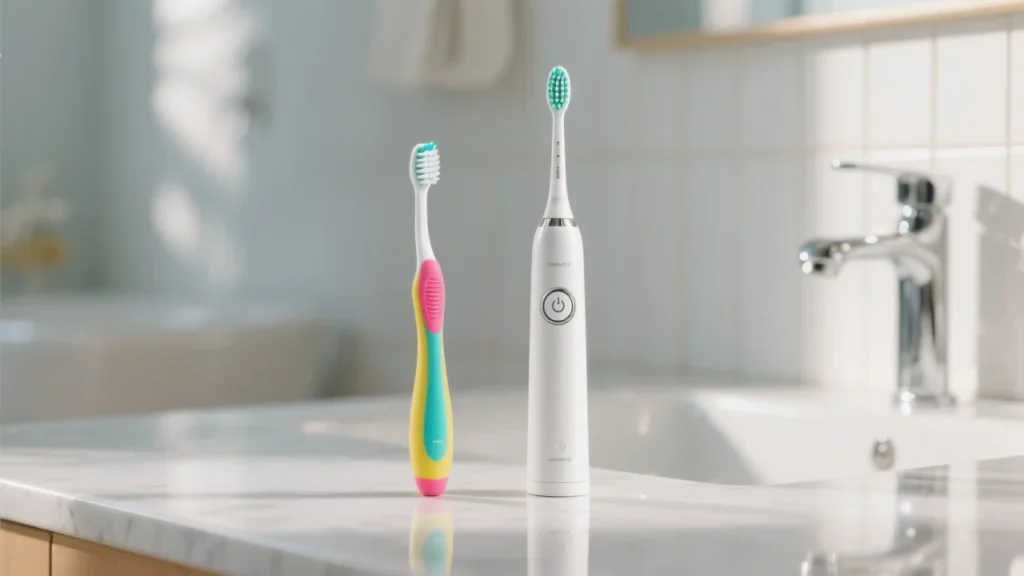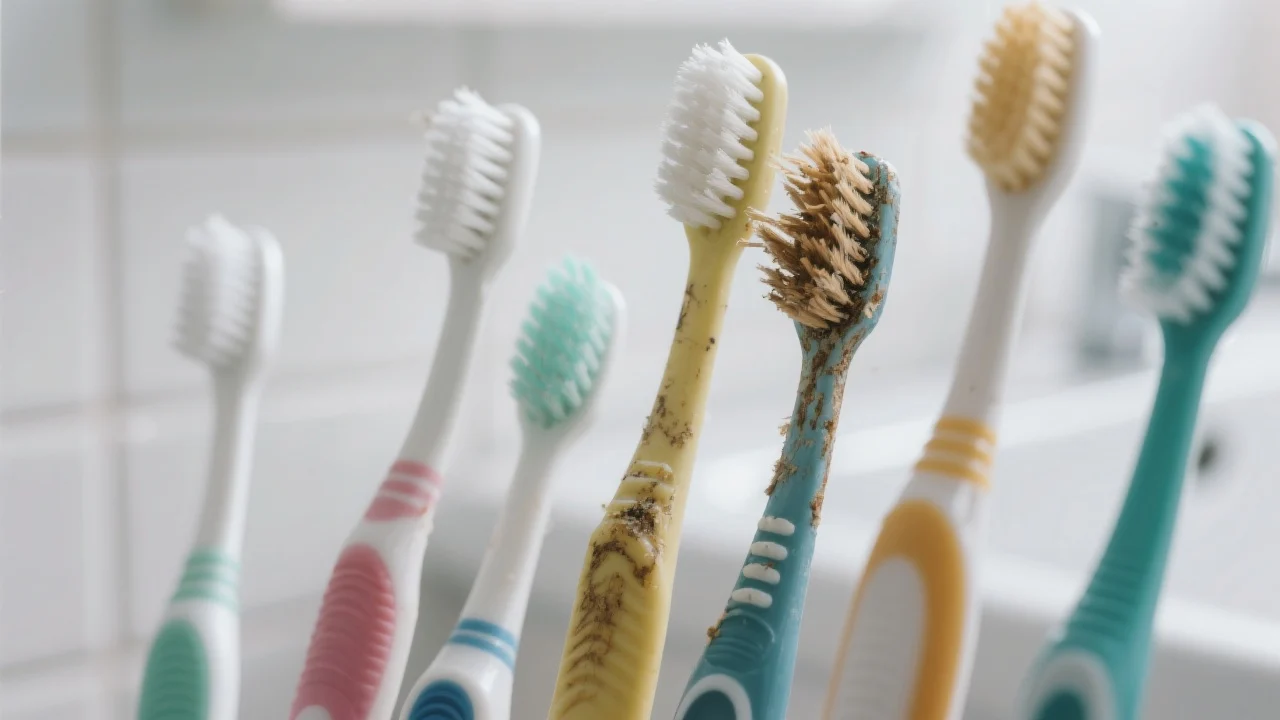Your toothbrush is your first line of defense against plaque, cavities, and gum disease. But like any tool, it has a lifespan. Knowing when to replace it and how to select the right one can significantly impact your oral health.
When to Say Goodbye to Your Old Toothbrush
The general recommendation from dental professionals is to change your toothbrush every three to four months, or even sooner if the bristles become frayed. This isn’t just about hygiene; it’s about effectiveness.
- Frayed Bristles: The most obvious sign that it’s time for a new brush is when the bristles start to splay out or look worn. Frayed bristles are less effective at cleaning your teeth and gums, as they can’t reach into all the nooks and crannies.
- After Illness: If you’ve been sick, especially with a cold, flu, or any infectious illness, it’s a good idea to replace your toothbrush. Bacteria and viruses can linger on the bristles, potentially leading to re-infection.
- Visible Grime: Sometimes, despite rinsing, your toothbrush might accumulate residue or discoloration. If it looks visibly dirty or discolored, it’s definitely time for a fresh one.
- Children’s Toothbrushes: Children often brush more vigorously, and their toothbrushes may wear out faster. It’s wise to check their brushes more frequently and replace them every two to three months.
“A worn-out toothbrush can’t effectively remove plaque, no matter how diligently you brush,” says the American Dental Association (ADA). “Think of it as trying to sweep with a broom that has no bristles – it just won’t work.” You can find more information on toothbrush care and replacement guidelines on the ADA website.
Choosing the Right Toothbrush for You
With a dizzying array of toothbrushes on the market, selecting the right one can feel overwhelming. Here’s what to consider:
- Bristle Hardness: Soft is Best
Most dentists recommend soft-bristled toothbrushes. While you might think harder bristles clean better, they can actually damage your tooth enamel and gums, leading to sensitivity and gum recession. Soft bristles are just as effective at removing plaque when used with proper technique and are much gentler on your mouth.

- Size and Shape of the Head
Choose a toothbrush head that can easily reach all areas of your mouth, including the back molars. For most adults, a small to medium-sized head is ideal. The shape of the head can vary, with some designed to reach specific areas or provide a better grip. - Manual vs. Electric
Both manual and electric toothbrushes can effectively clean your teeth.- Manual Toothbrushes: These are widely available and affordable. The key to their effectiveness lies in your brushing technique.
- Electric Toothbrushes: Many people find electric toothbrushes easier to use, especially those with limited dexterity. They often come with features like timers and pressure sensors, which can help improve brushing habits. Studies have shown that electric toothbrushes, particularly those with oscillating-rotating or sonic technology, can be more effective at removing plaque and reducing gingivitis than manual toothbrushes. A review published in the Journal of Clinical Periodontology often highlights the benefits of electric toothbrushes.

- Special Features
Some toothbrushes come with tongue cleaners, textured grips, or angled bristles. While these features can be beneficial, the most important aspects remain bristle softness and head size.
“The best toothbrush for you is one that you will use consistently and effectively,” advise many dental hygienists. “Whether it’s manual or electric, soft bristles are non-negotiable.”
By paying attention to the signs of wear and making an informed choice about your next toothbrush, you’re taking a simple yet crucial step towards maintaining a healthy, radiant smile.









